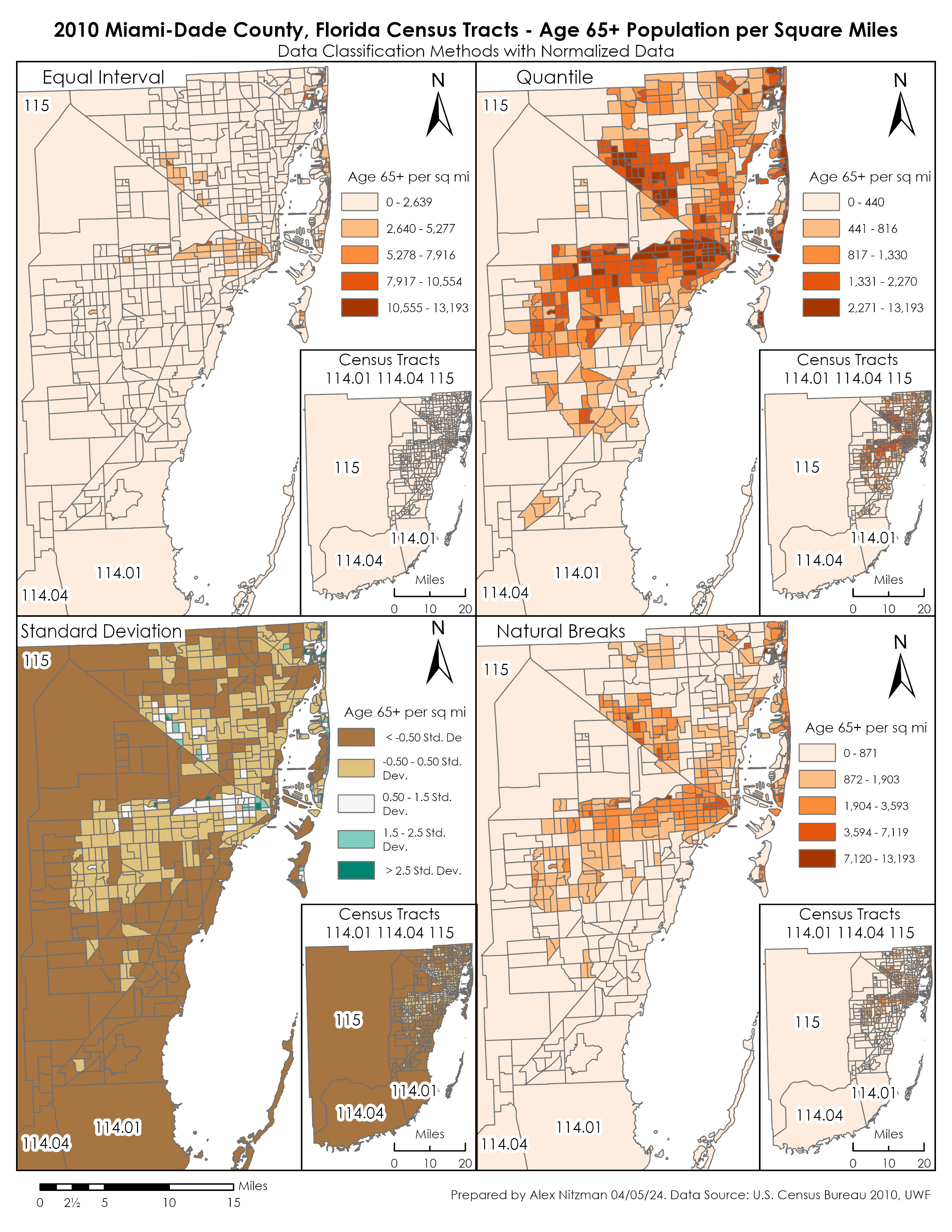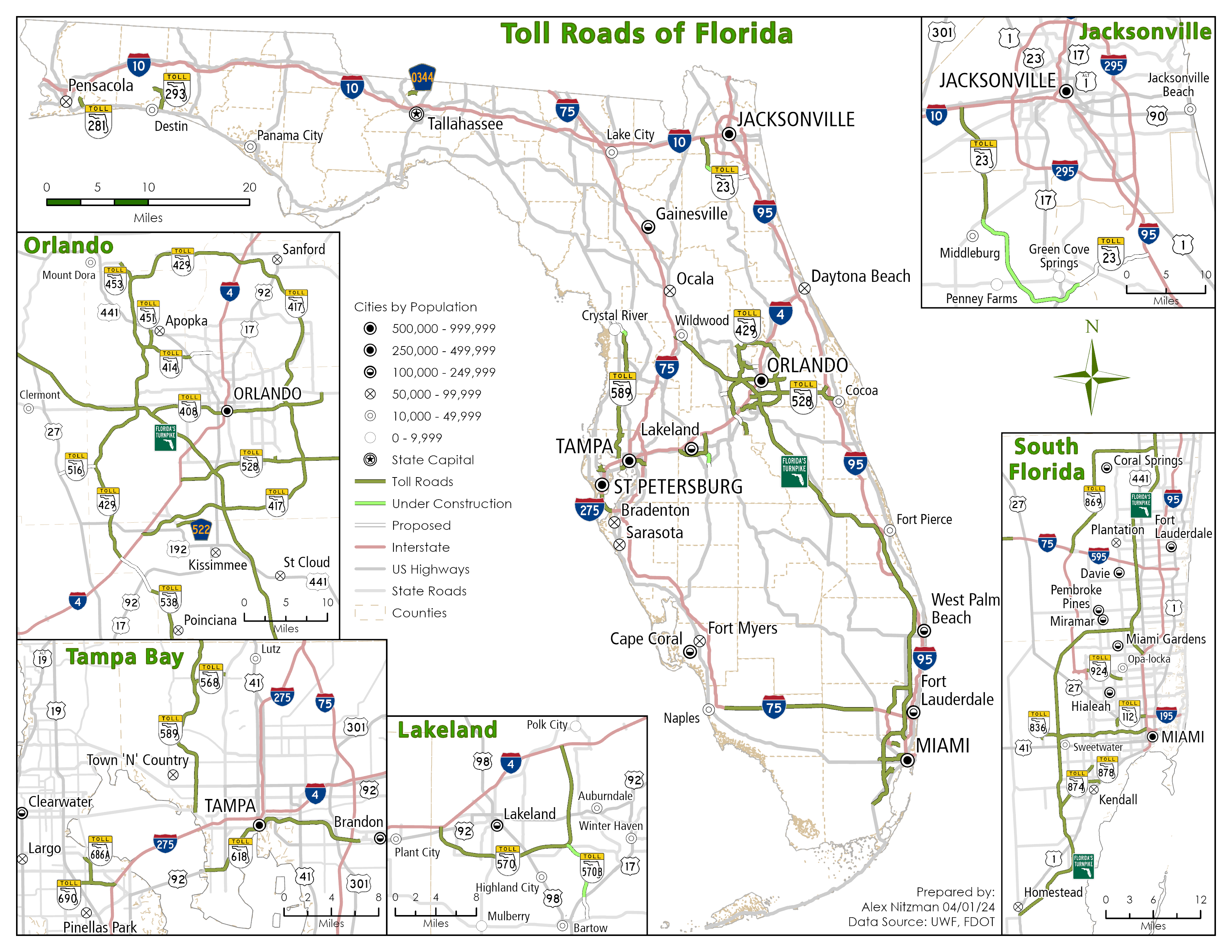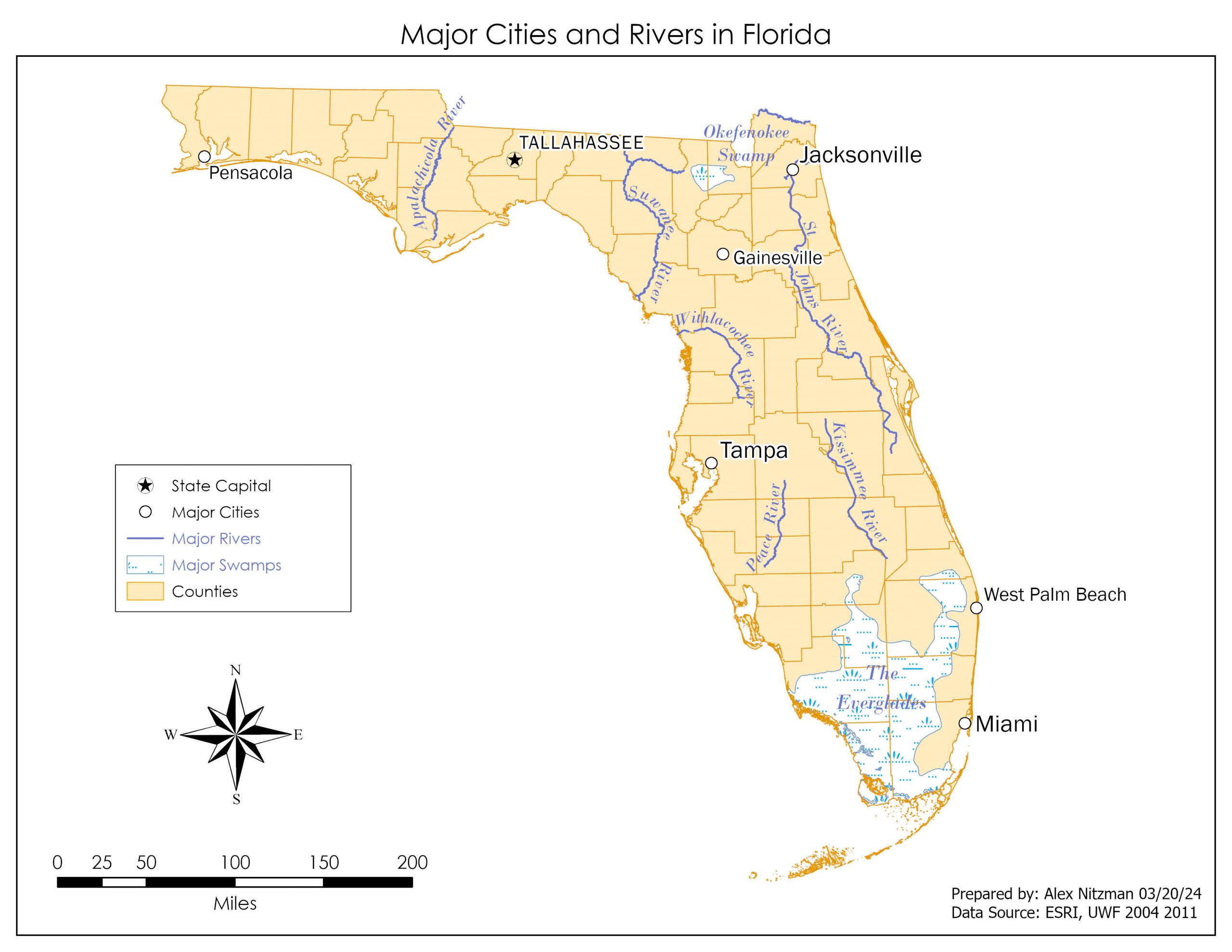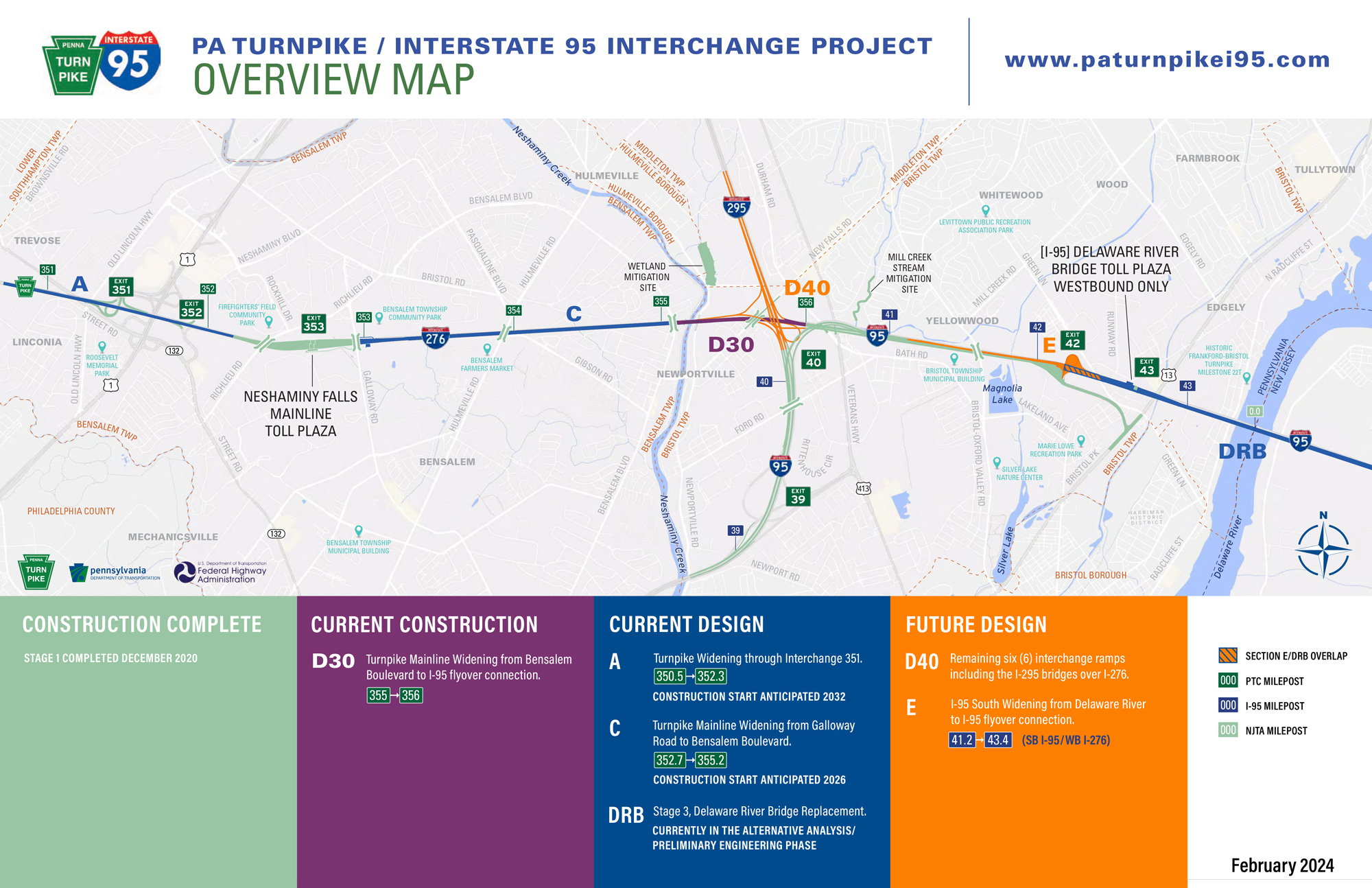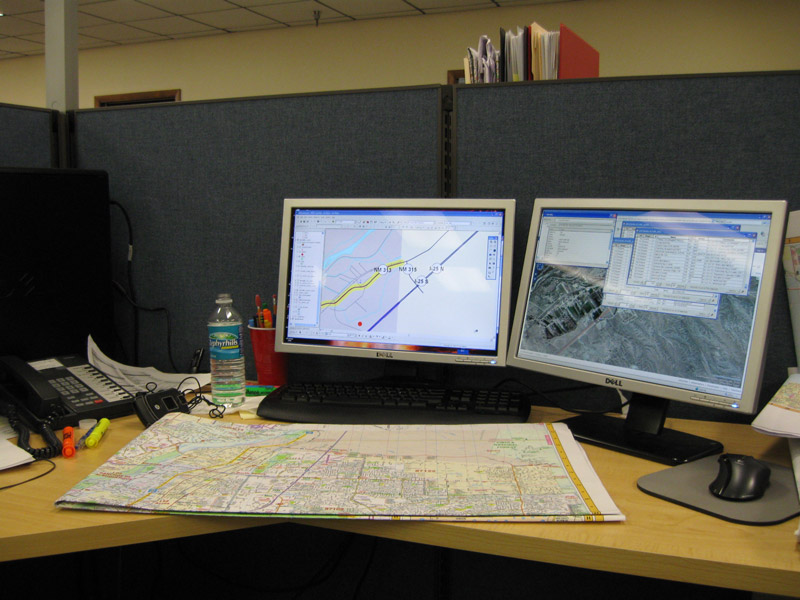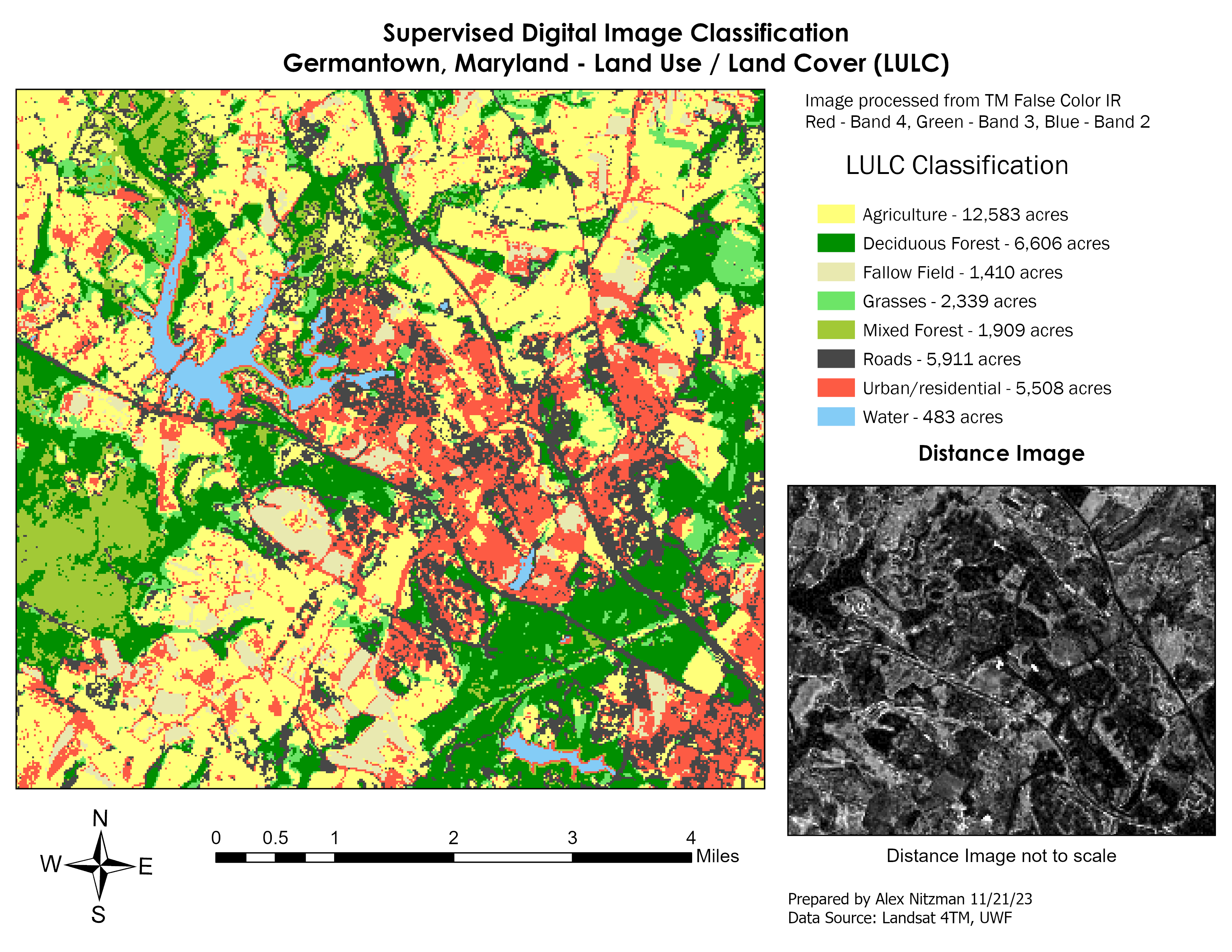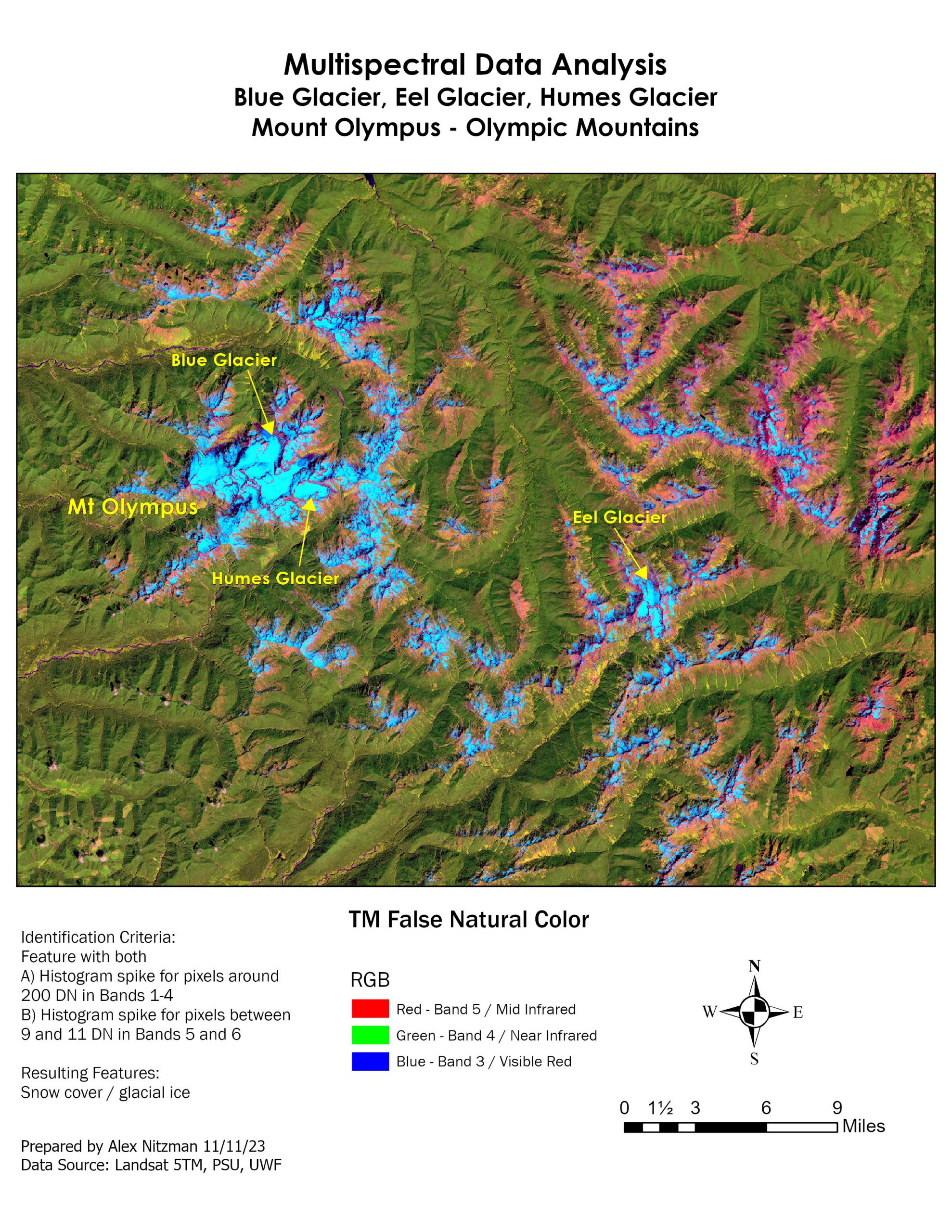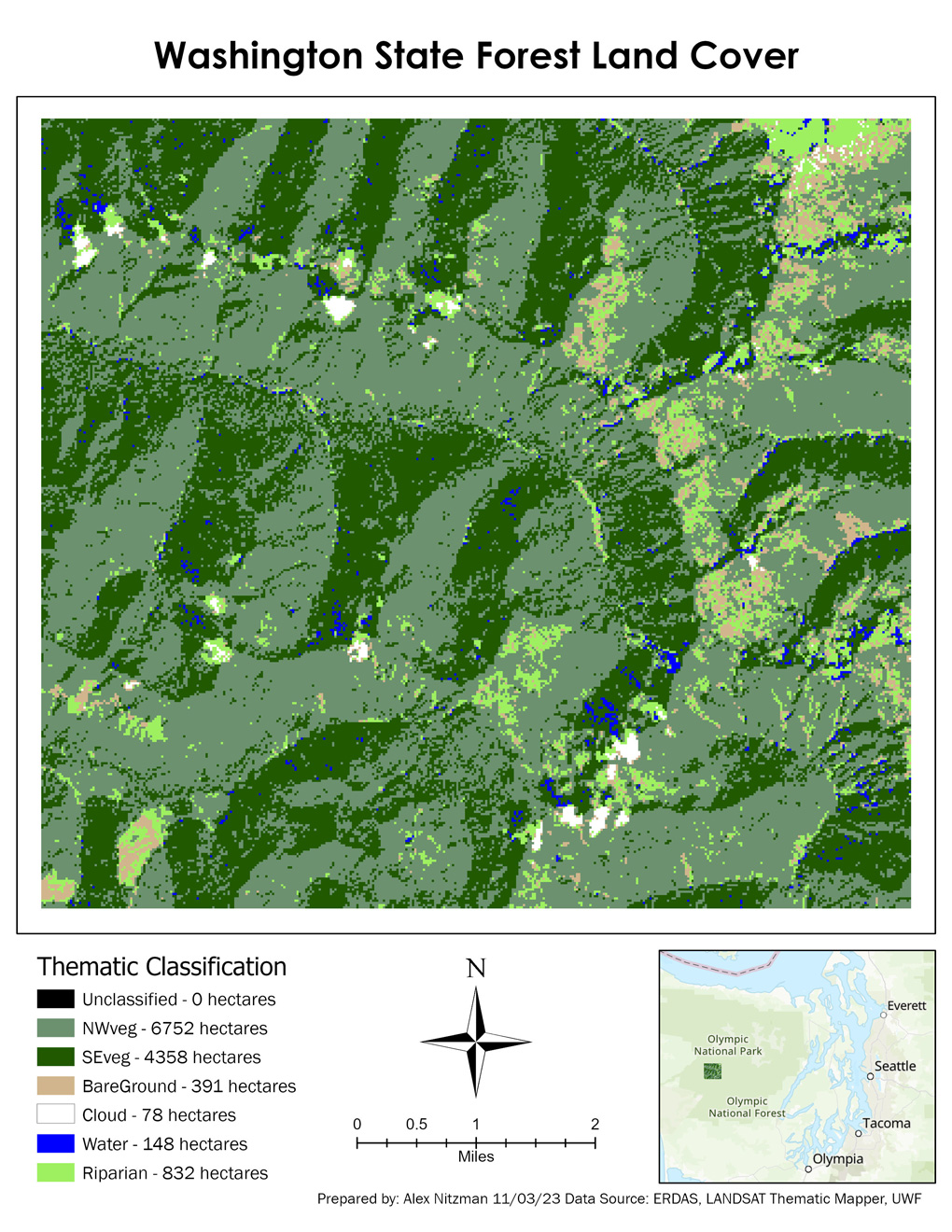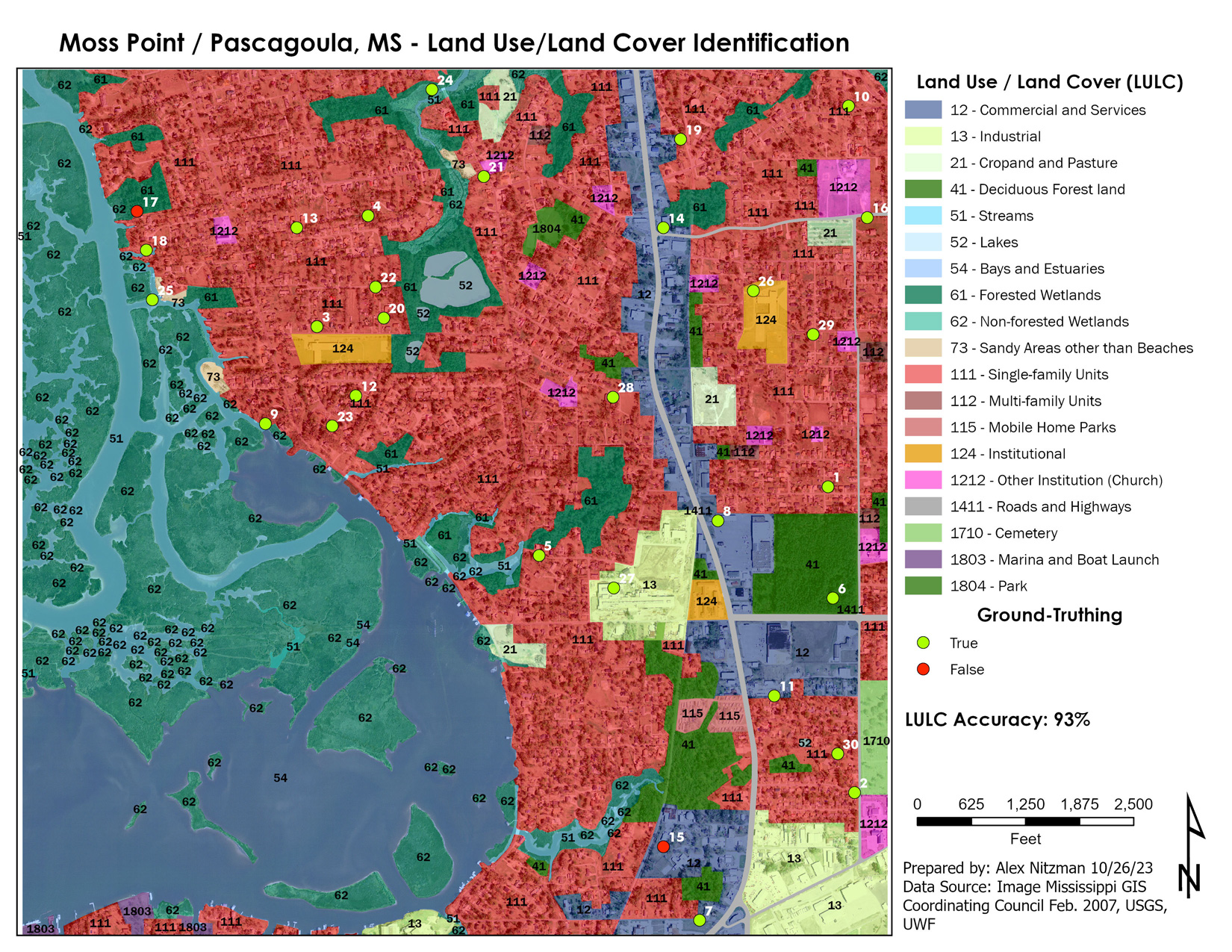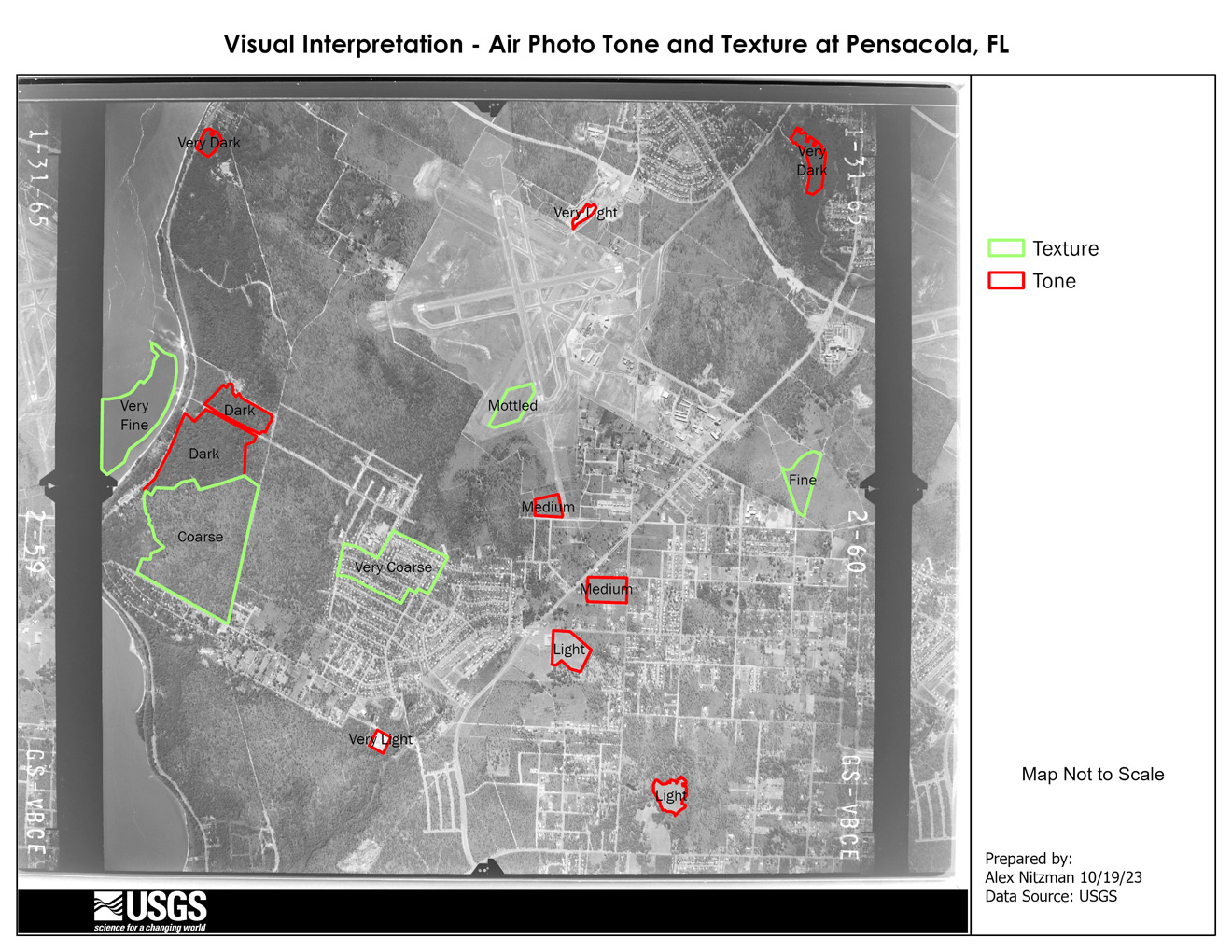Thematic Mapping – Data Classification Methods
Module 4 for Computer Cartography contrasts 2010 Census Data for Miami-Dade County, Florida using multiple data classification methods. Our objective is to distribute quantitative data into thematic maps based upon two criteria. The first series of maps shows the percentage of the total population per Census Tract of the number of seniors aged 65 and older. The second map array uses normalized data to partition Census Tracts based upon [...]

